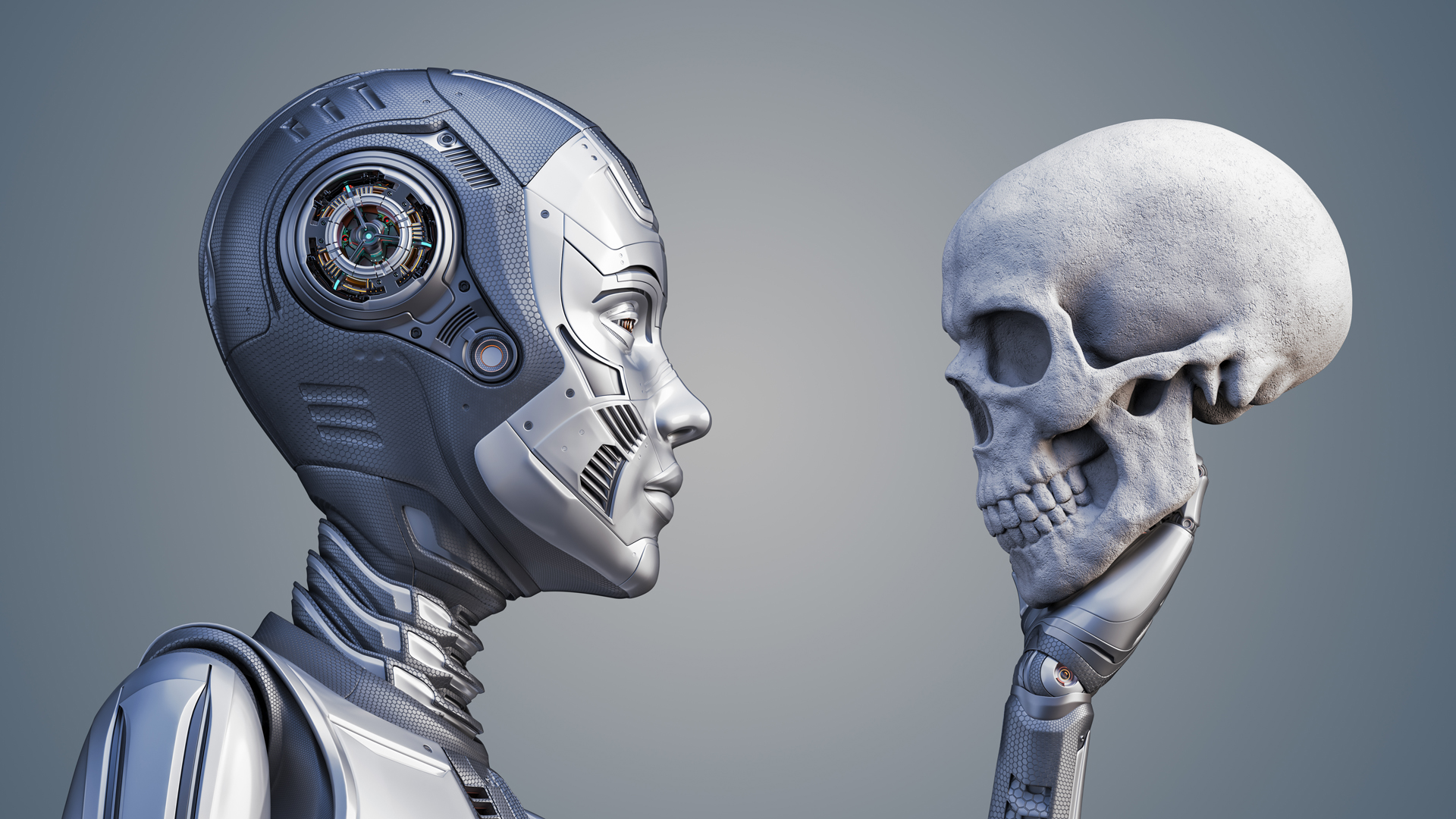Anthropic CEO Dario Amodei Says AI Carries a 25% Chance of Catastrophic Outcomes

Key Points
- Anthropic CEO Dario Amodei estimates a 25% chance AI could cause catastrophic, society‑wide damage.
- He also sees a 75% chance of highly positive outcomes from AI advancement.
- Amodei stresses that AI remains worth investing in despite the identified risks.
- Potential benefits include breakthroughs in medicine, manufacturing efficiency, and climate change solutions.
- He warns that AI could eliminate half of entry‑level white‑collar jobs and highlights concerns about high‑end chip exports.
- Amodei’s risk quantification adds a data‑driven voice to ongoing policy and regulatory discussions.
- He uses analogies, such as a car that might explode, to illustrate the seriousness of AI risk.
- As leader of the company behind Claude, Amodei balances innovation with calls for safety measures.
Anthropic chief executive Dario Amodei told attendees at the Axios AI + DC Summit that he estimates a 25% probability that artificial intelligence could lead to disastrous, society‑wide consequences, while also seeing a 75% chance of highly positive results. He emphasized that despite the risk, the potential benefits of AI merit continued investment and careful safety measures. Amodei’s remarks echo broader industry and policy discussions about AI risk, regulation, and the balance between innovation and safeguards.
Risk Assessment by Anthropic’s Leader
During the Axios AI + DC Summit, Anthropic CEO Dario Amodei quantified his view of artificial‑intelligence risk, stating, "I think there's a 25% chance that things go really, really badly." He clarified that this scenario encompasses outcomes that could threaten societal systems, represent existential risks, or result from severe misuse of AI technology. Amodei balanced this with a more optimistic outlook, noting a 75% chance that AI could produce highly beneficial results.
Amodei’s candid probability estimate highlights the tension within the AI sector between rapid advancement and the need for robust safety protocols. He underscored that the 25% risk level demands deliberate safeguards, regulatory oversight, and responsible development practices to keep the odds of a positive outcome on the higher side.
Potential Benefits and Continued Investment
Despite acknowledging the risk, Amodei affirmed his belief that AI remains worth investing in. He pointed to possible breakthroughs in medicine, more efficient manufacturing processes, and even strategies to address large‑scale challenges such as climate change. These potential gains, he argued, justify ongoing research and deployment, provided that safety measures are integrated from the outset.
Amodei also referenced past warnings about AI’s impact on the labor market, noting concerns that AI could eliminate half of all entry‑level white‑collar jobs. He linked these concerns to broader policy debates, including U.S. restrictions on exporting high‑end chips to China, suggesting a holistic approach to managing AI’s societal effects.
Industry Context and Public Discourse
Amodei’s statements align with a growing public and policy conversation about AI risks and regulation. By quantifying the probability of catastrophic outcomes, he contributes a data‑driven perspective to debates that often feature speculative or alarmist narratives. His analogy—comparing the 25% risk to a scenario where a car might explode each time a key is turned—illustrates the seriousness of the threat while emphasizing the need for precautionary checks before widespread adoption.
As the CEO of the company behind Claude, Anthropic’s flagship AI model, Amodei occupies a unique position of influence. He is not only commenting on AI risk but also actively shaping the technology’s trajectory. His balanced view—recognizing both the significant upside and the non‑trivial downside—offers a pragmatic framework for stakeholders seeking to navigate the complex landscape of artificial‑intelligence development.